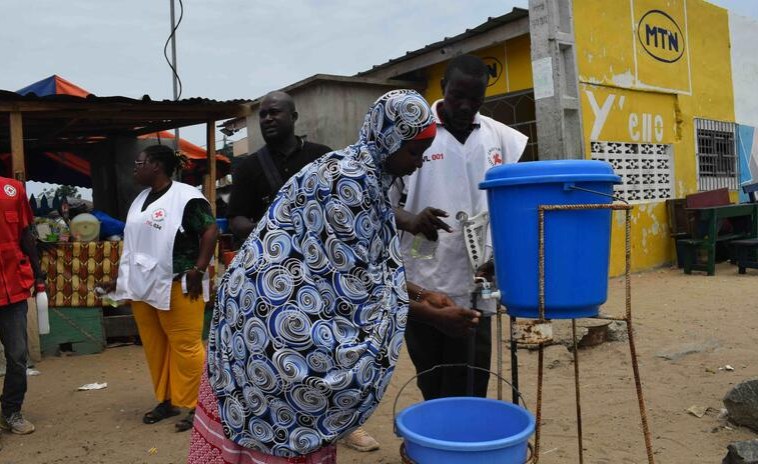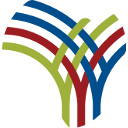Working in the heart of an outbreak, Red Cross volunteers bring lifesaving information, sanitation supplies, elbow grease and courage to the task of preventing further illness and death. ‘Every boat or motorcycle taxi we clean is one less opportunity for the disease to spread.’
When seven people died within just a few days in Vridi Ako in Côte d’Ivoire in May 2025, no one suspected cholera.
Many believed the deaths were the result of a curse or fetishistic practices, beliefs that are still deeply rooted in this coastal village in the municipality of Port-Bouet, which sits on a strip land between the Ebrié Lagoon and the Atlantic Ocean.
“We didn’t understand,” says N’Sranna Sagou Hervé, the village chief. “Many of us thought it was spiritual.”
However, one disturbing detail linked all the deaths: They had suffered from diarrhoea, vomiting, and abdominal pain. These symptoms were alarming enough for the health authorities to launch an investigation. Laboratory tests confirmed what few people had imagined: cholera, a waterborne disease that had not been seen in Côte d’Ivoire for 15 years, was back.
And it came back across many parts of the country.
As of 3 August, 491 cholera cases and 20 deaths were reported across Cote d’Ivoire. Vridi Ako alone accounted for 198 cases and 7 deaths. The outbreak has since spread to other areas, including Yopougon Est, Sa Sandra (San Pedro) and Jacqueville.
In Vridi Ako, most of the inhabitants live in makeshift dwellings, with very limited access to safe drinking water and proper sanitation. It is also a cosmopolitan village of more than 19,000 people who come from across West Africa, including Ghana, Liberia, Mali, Sierra Leone, Guinea, and Senegal. These are all conditions ripe for the rapid spread of disease across a wider region.
A rapid and coordinated response
The Côte d’Ivoire Red Cross, supported by the International Federation of Red Cross and Red Crescent Societies (IFRC) and other Movement partners, was among the first to respond. Working closely with the Ministry of Health, WHO, and UNICEF, the Red Cross launched a rapid and multisectoral emergency operation aimed at containing the outbreak.
Key actions included mobilizing and training over 125 volunteers, raising awareness in communities, disinfecting high-risk areas, installing handwashing stations, identifying suspected cases, and referring them to health centres for treatment.
Community engagement is at the heart of the response. Red Cross Volunteers go door to door, speaking in local languages, explaining what cholera is and how it spreads, and most importantly, how to prevent it.
“At first, it wasn’t easy. People were afraid,” says Aichatou Souley, one of the trained volunteers. “They had heard of cholera, but didn’t know how to protect themselves. We had to offer more than information–we had to build trust.”
In Vridi Ako, handwashing stations have been installed in key public areas, including the bustling quay where boats ferry hundreds of passengers across the Ebrié Lagoon each day. The risk of contamination is high, but so is the level of vigilance.
Each day, Konan Coulibaly and a team of volunteers make sure every passenger washes their hands before boarding or disembarking. Just a few metres away, Amadou Tembaly, another volunteer methodically disinfects the boats with a chlorine solution.
“It may seem like a simple task, but it makes a real difference,” Amadou says. “Every boat or motorcycle taxi we clean is one less opportunity for the disease to spread.”
Kouadio Amoin, a nurse at the Vridi Ako health centre, underscores the importance of this community-based action. “Without the Red Cross’s rapid intervention, we would have seen many more cases. Their presence truly made a difference.”
To support the response, the IFRC allocated 159,915 Swiss francs from its Disaster Response Emergency Fund (IFRC-DREF). As the outbreak continues to spread to new areas, the IFRC is now working to triple this amount to help the Red Cross of Côte d’Ivoire scale up its response and address growing needs.
Learn more
Understanding cholera and the IFRC approach to prevention and containment


